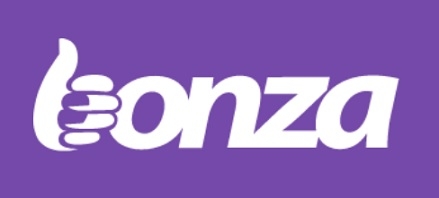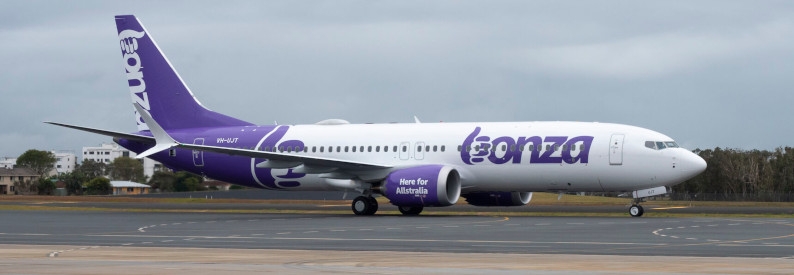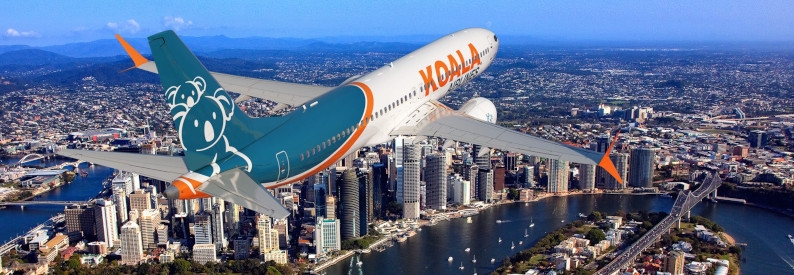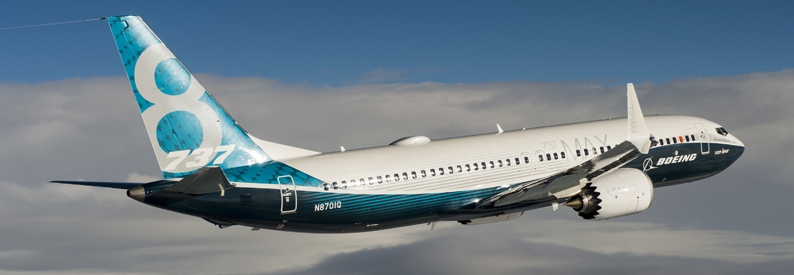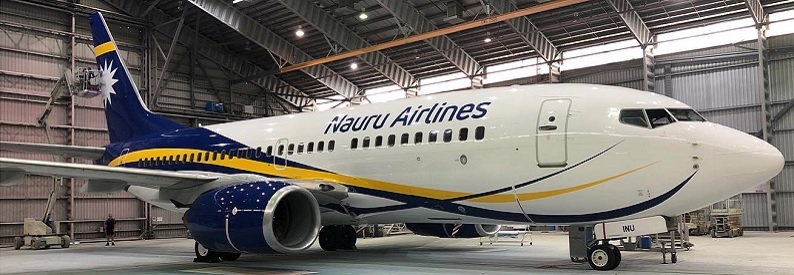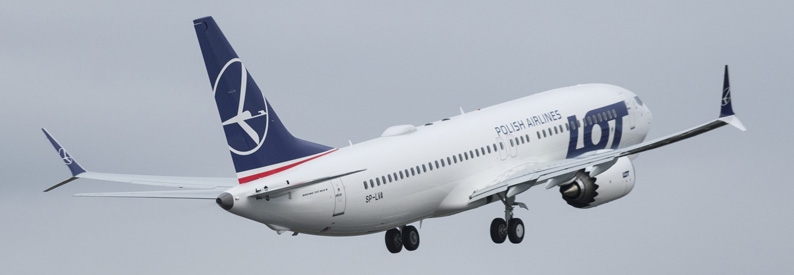Bonza (Sunshine Coast) has revealed Sunshine Coast airport as its home base and a network of 25 domestic routes and 16 destinations, 80% of which have no air service at present at all, while 96% are new to budget carriers.
The startup will open up new markets across three states - Queensland, Victoria, and New South Wales - and increase low-cost carrier-operated routes in Australia by 40%, the company said in a statement.
It also named Sunshine Coast Airport and Melbourne Airport as its first and second airport bases respectively. The company initially will station two B737-8s at each airport. The current route map accounts for the first five aircraft. Bonza plans to scale up to eight B737-8s in its first year of operation, with one aircraft kept as a spare.
Its head office will be located at Sunshine Coast Airport, with a large proportion of jobs to be based remotely all over the country.
Bonza also announced an all-digital approach, launching the “Fly Bonza” app for ticket sales. Flights are due to go on sale within the next two months, with Bonza’s first flight targeted for mid-year, subject to regulatory approval. As reported, it is still in the certification process and also still needs approval from the Australian Foreign Investment Review Board due to the involvement of its US-based shareholder, 777 Partners, which also backs Flair Airlines (F8, Kelowna).
Destinations to be served include Albury, Melbourne Avalon, Bundaberg, Cairns, Coffs Harbour, Gladstone, Mackay, Melbourne, Mildura, Newcastle Williamtown, Port Macquarie, Rockhampton, Sunshine Coast, Toowoomba Wellcamp, Townsville, and the Whitsunday Coast/Proserpine. “Travellers will now be able to fly, instead of impossibly long road trips, as well as fly direct without a stopover in a major city,” commented Chief Executive Officer, Tim Jordan.
To mark the route launch, Bonza also unveiled the purple livery of its new B737-8s.
Representing the shareholder, Bonza’s executive chairman, Rick Howell, said low-cost travel did not mean low-quality travel. “We're investing in advanced aircraft to bring the opportunity for low fares along with great environmental efficiencies," he explained.
Bonza's route network will look as follows:
- Sunshine Coast: 12 routes, 37 flights per week, 83% new routes, 92% not served by a low-cost carrier;
- Melbourne: Eight routes, 22 flights per week, 63% new routes, 88% not served by a low-cost carrier;
- Whitsunday Coast/Proserpine: Three routes, daily flights, 100% new routes and 100% not served by a low-cost carrier;
- Rockhampton: Four routes, 11 flights a week, 100% new routes and 100% not served by a low-cost carrier;
- Makay: Three routes, daily flights. 100% new routes and 100% not served by a low-cost carrier;
- Cairns: Three routes, nine flights a week, 100% new routes and 100% not served by a low-cost carrier;
- Toowoomba Wellcamp: Three routes, eight flights a week, 33% new routes, 100% not served by a low-cost carrier;
- Townsville: Three routes, nine flights per week, 67% of new routes, 100% not served by a low-cost carrier;
- Newcastle: Two routes, six flights per week, 50% new routes, 100% not served by a low-cost carrier;
- Port Macquarie: Two routes, four flights a week, 100% new routes and 100% not served by a low-cost carrier;
- Gladstone, Bundaberg, Coffs Harbour, Albury: One new route each, two flights a week each; 100% not served by a low-cost carrier;
- Mildura: Two routes, five flights a week, 50% new routes and 100% not served by low-cost carriers;
- Melbourne Avalon: One new route, three flights a week, 100% not served by a low-cost carrier.
